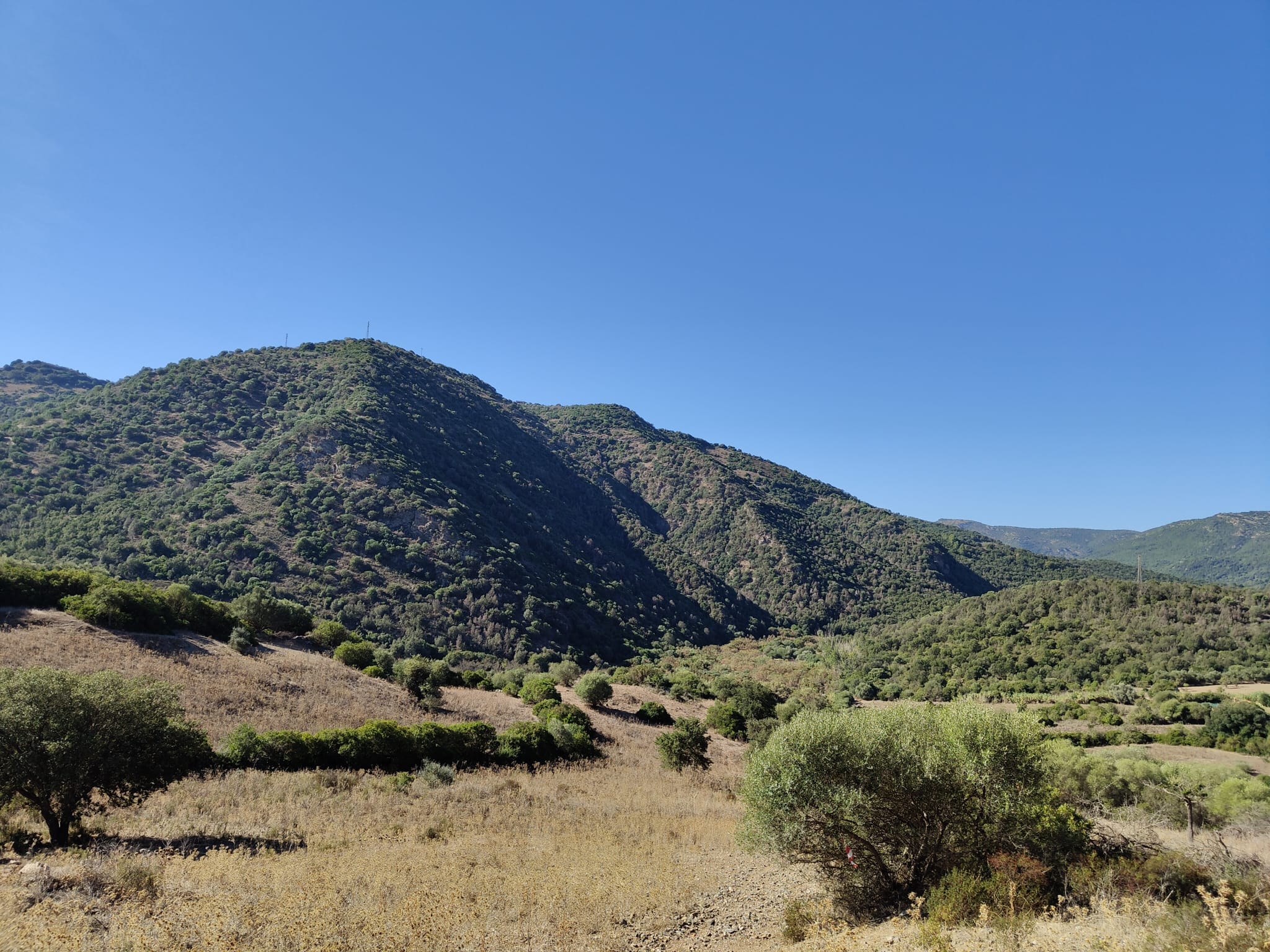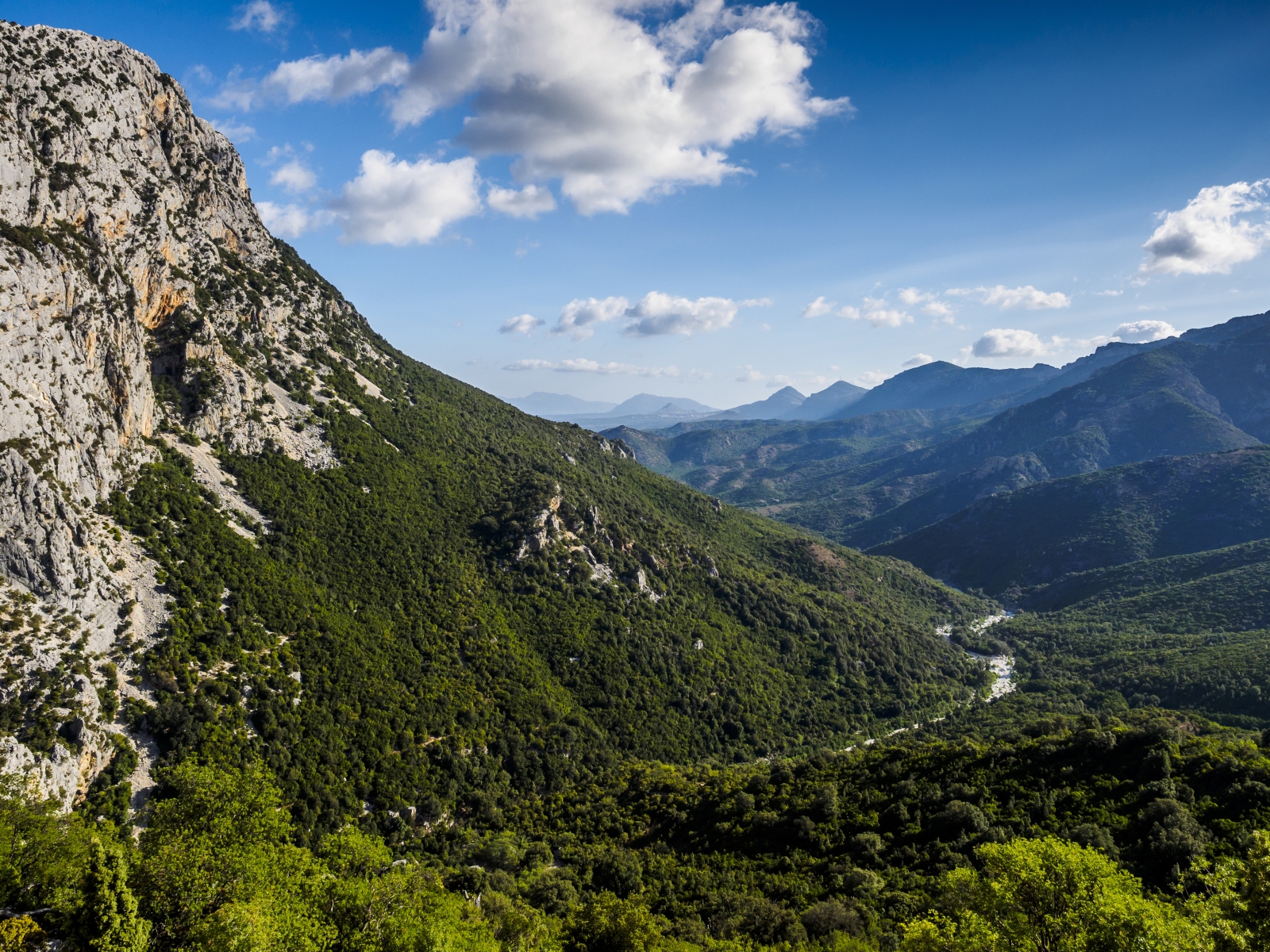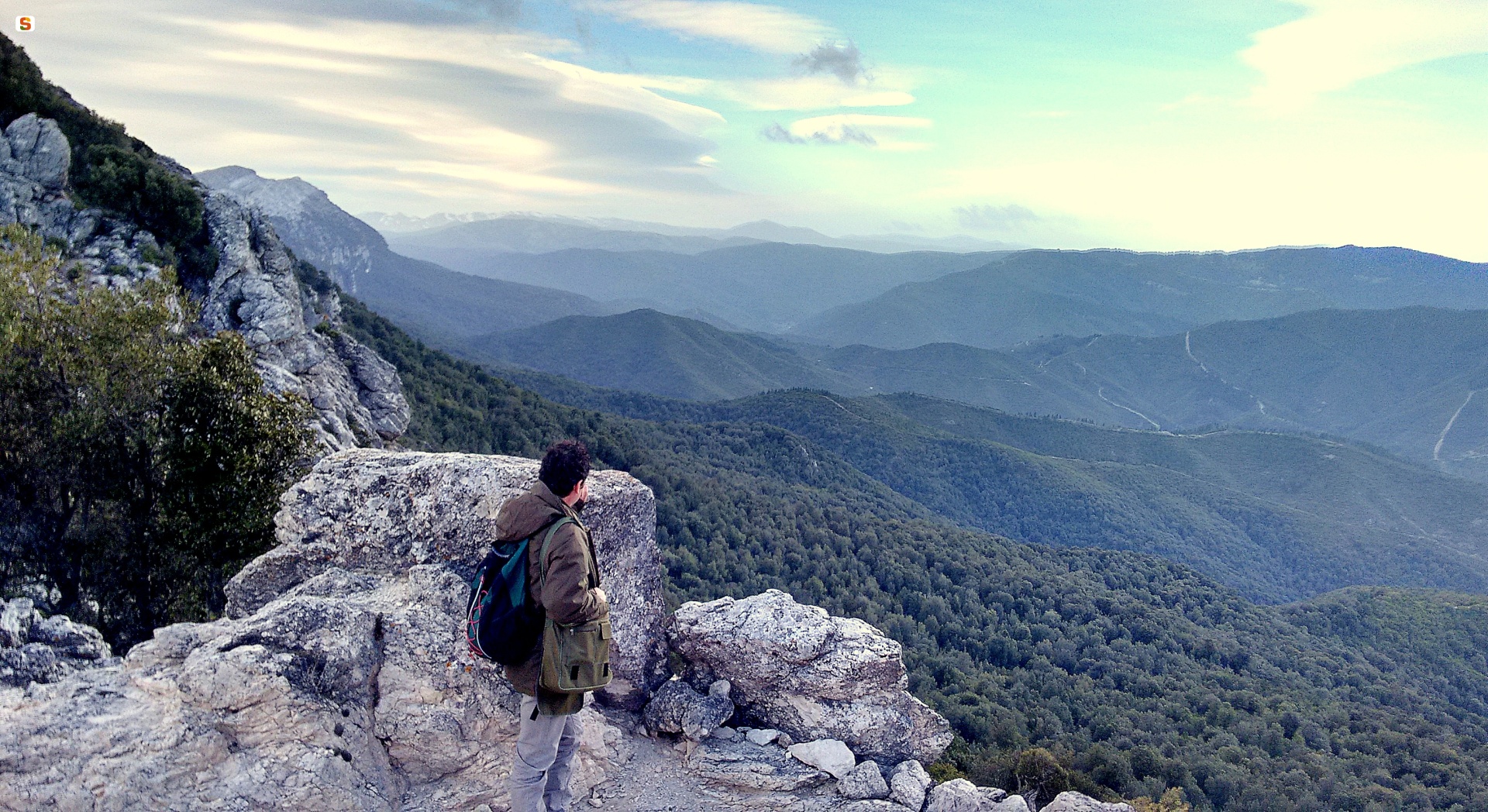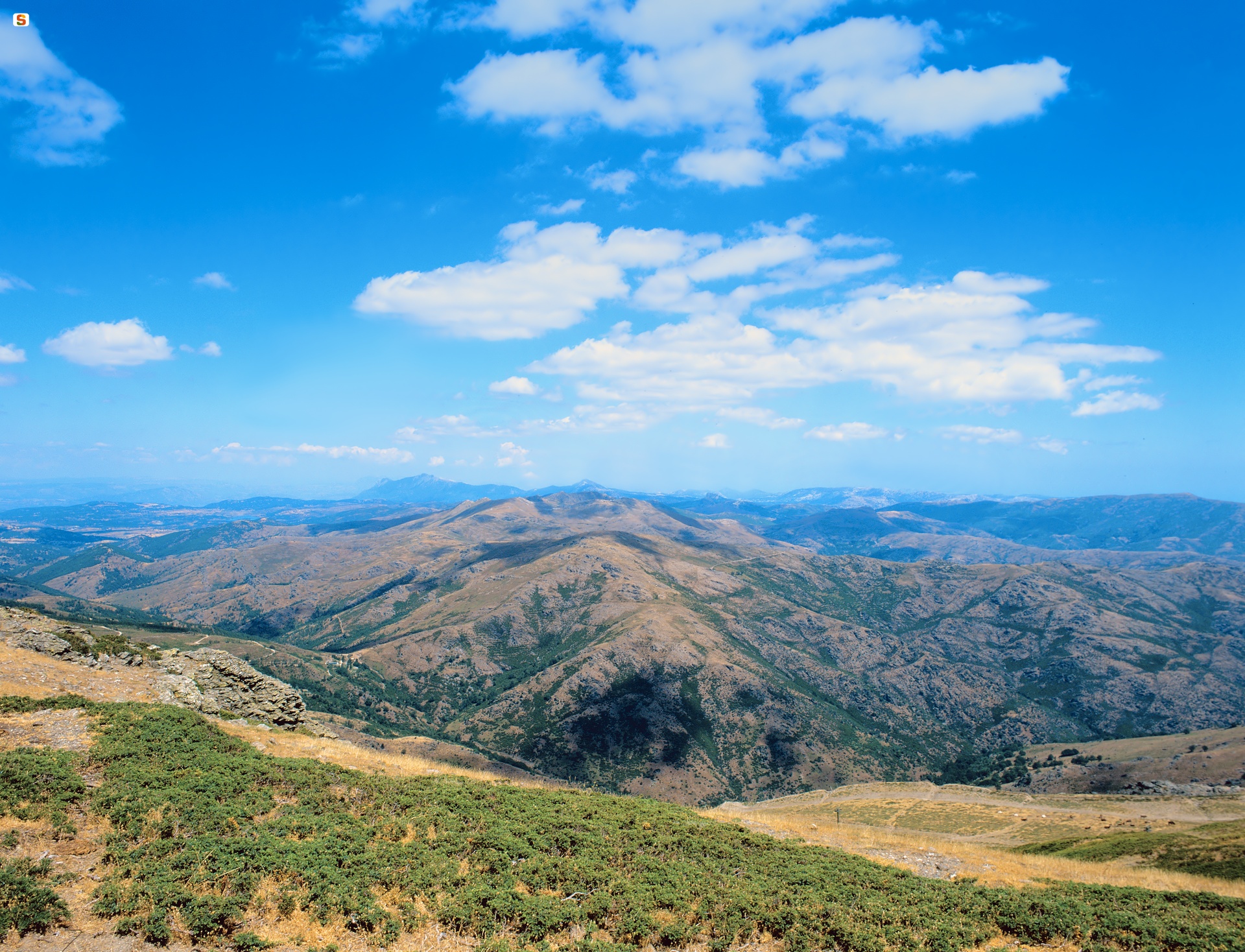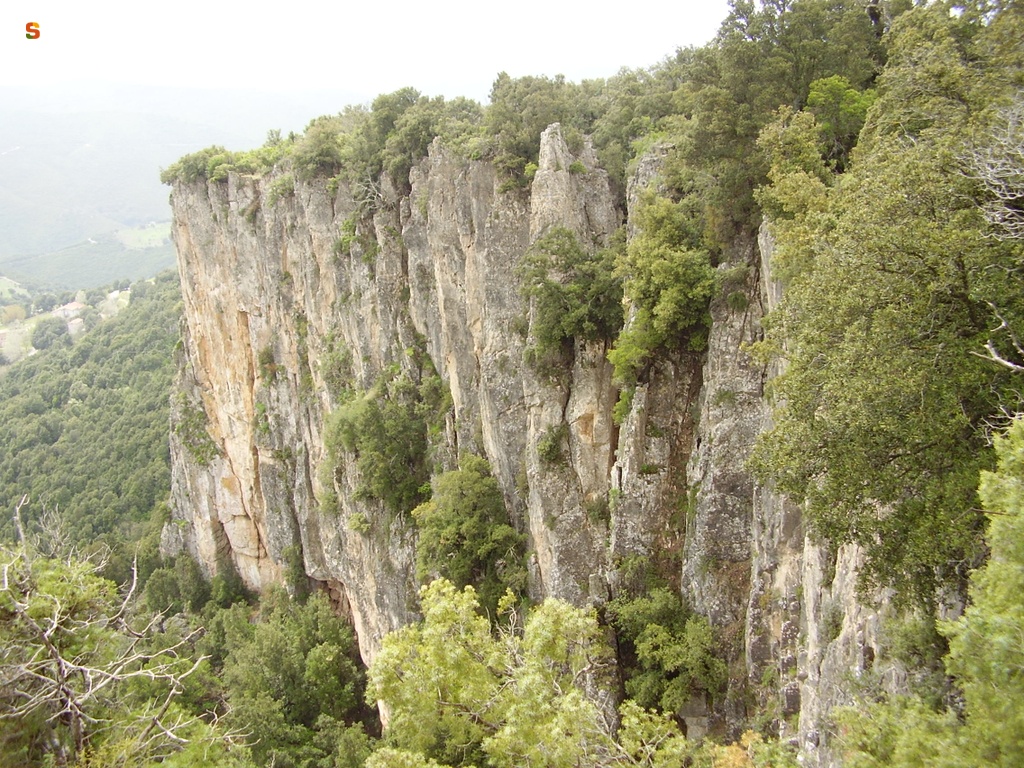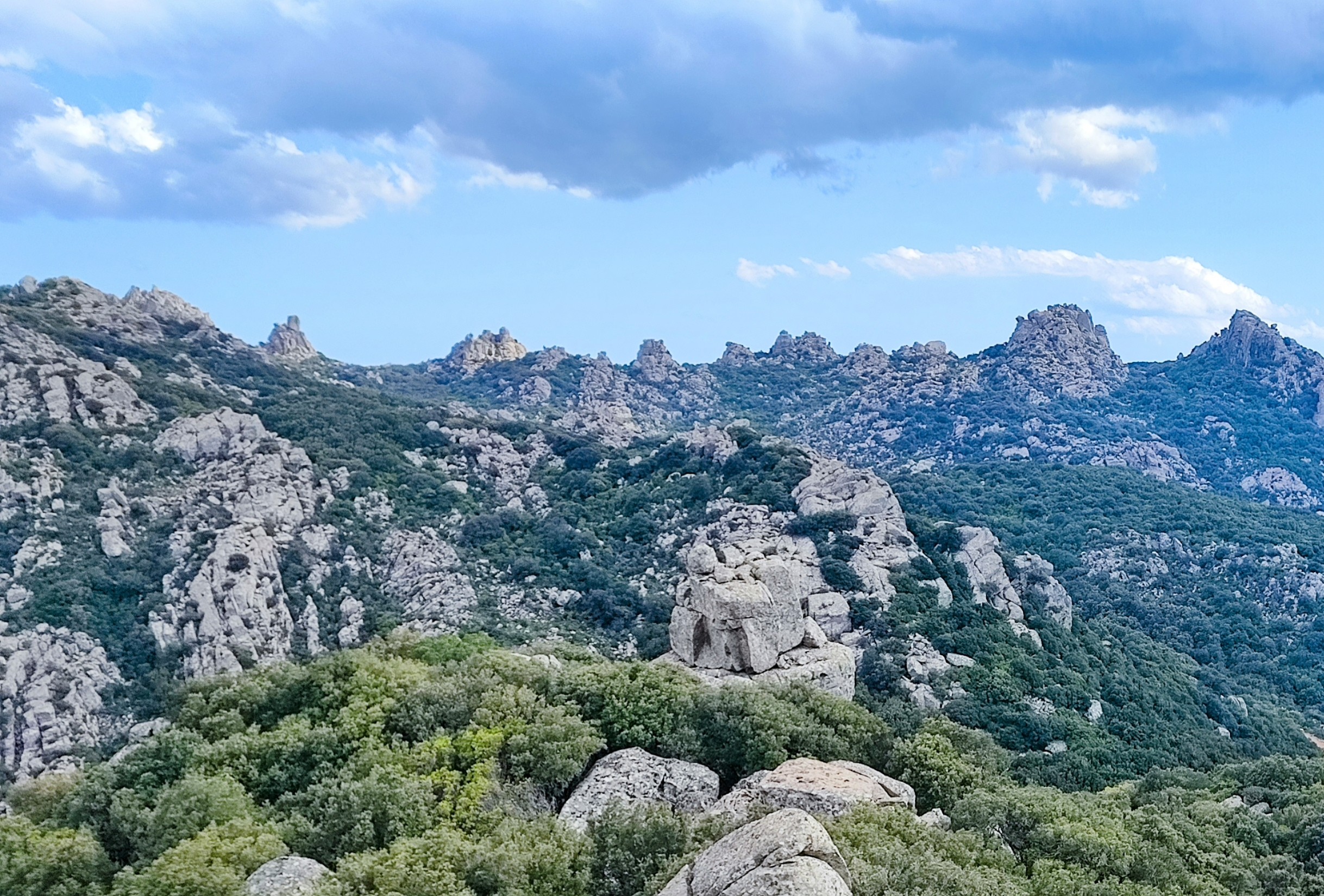Focus on the new Mountain Law

Image credits Sardegna Turismo
After a long parliamentary discussion, the Bill for the Recognition and Promotion of Mountain Areas - known as the Mountain Bill (DDL Montagna) - became Law on September 10, 2025. Thus, Italy gains a new legislative framework for mountain areas, the first comprehensive revision of the rules in over thirty years: the last national law on the matter dated back to 1994, while the first law on this subject dated back to 1952.
Important opportunities and implications for R.E.S. and for the development of the mountain areas (including) in Sardinia
This brief in-depth analysis examines some of the most significant aspects of the recent STATE LAW September 12, 2025, n. 131 Provisions for the recognition and promotion of mountain areas (25G00139-GU General Series in Official Gazette n.218 of 19-09-2025). This is a long-awaited regulatory update, which aims to provide the appropriate attention to the population that currently lives (often merely survives) in mountain areas.
When talking about Mountains, we refer to many interconnected aspects: forestry, ecology, culture, history and traditions, hiking, environmental protection, social and welfare services, infrastructure, etc.
In summary
Law no. 131 of September 12, 2025 (full text here), intends to enhance Italian mountain areas to overcome the structural disadvantages of the "High Lands" through economic, fiscal, and social incentives. Key aspects include:
- the classification of mountain municipalities based on altitude and slope criteria,
- special support for healthcare and school workers, incentives for young entrepreneurs, and the promotion of smart working in small municipalities
- a Fund with an allocation of 200 million euros annually (for the three-year period 2025-2027) to finance the planned measures, to revitalize the social, economic, and environmental development of the Italian mountains
- some relevant regulations for the use of trails and mountain huts
- some specific provisions for the protection of the mountain territory and its environmental and productive vulnerabilities.
One of the central elements of the law is the regulatory definition of "mountain," with precise criteria for identifying the municipalities that will benefit from the protection measures. Thus, the legislator aims to avoid the dispersion of resources in territories that are not actually mountainous and ensure a more targeted distribution of funds (however, the issue will be subject to the implementing decrees, which will have to detail the perimeter of the territories concerned). For Sardinia, which is known not to have "high mountains" but does have numerous "mountain areas," this will be an important matter. Meanwhile, the law has been hailed as a historical turning point by those who, especially in the Alpine and Apennine regions, have been calling for an updated and stable regulatory framework for years. According to its supporters, it represents a decisive step to support the communities of the high lands and reverse the depopulation trends (a very important problem in Sardinia as well) by offering services and opportunities to those who choose to stay.
However, there is no lack of critical issues: according to some qualified observers, while recognizing the political and symbolic value of the law, the allocated funds are not adequate for the challenges that the Italian mountains face: in particular, they would be insufficient to halt demographic decline, hydrogeological instability, and the effects of climate change. And the absence of specific measures on climate adaptation is perhaps the most deficient part of the provision: the real challenge now shifts to the drafting of the implementing decrees, which will take place in the coming months.
One thing is certain: the value of human presence in the mountains is a concrete factor for the care of the territory and the enhancement of inhabited High Lands, and the custody of the mountain environment is entrusted to local communities and their closest institutions.
In detail: the most interesting articles of the Law
Art. 21 (Mountain Huts)
The general rule on "mountain huts" is relevant, also for the development of economic activities linked to trails - and in particular to medium-long distance hiking routes and "walks." There is consistency and full compatibility with Regional Law n. 14 of 2023 (text here and a previous in-depth analysis on SardegnaForeste) in the sense that the definition of detailed regulations is delegated to the Regions - particularly the autonomous ones. These are the paragraphs of Article 21:
- Mountain huts are considered to be, without prejudice to the specific definitions contained in regional laws, accommodation facilities located in mountain areas, aimed at the practice of mountaineering and hiking, organized to provide hospitality and the possibility of rest, refreshment, overnight stay, and related services.
- The State, the regions, and the autonomous provinces of Trento and Bolzano establish, each according to their respective competencies, the functional characteristics of the huts, including those of discharges and disposal systems, with the possibility of providing minimum hygienic-sanitary requirements, even in derogation of state regulations, in proportion to the accommodation capacity and the condition of the places, while respecting environmental protection regulations.
- Mountain huts owned by public bodies can be leased to natural or legal persons or to non-profit organizations pursuant to current legislation, without prejudice to the priority operational and training needs of the Ministry of Defence. (...)
Art. 22 Hiking Activity
Anyone on a hiking trail is responsible for themselves, answers for what happens to them while facing the difficulties associated with crossing an impervious environment (this includes all cases of rock falls, wildlife attacks, landslides, falling trees, and other injuries). The new rule on the Mountain states a very important principle on the civil liability of those who frequent the mountains, bringing the responsibility back to the traveller and reducing the liability of the trail "managers." This is also to (try to) limit the phenomenon of the "mountain lived like Disneyland" by certain tourists. This is the wording of the law:
- This law, in recognizing the role of hiking activity as a fundamental tool for the protection and promotion of the environmental, landscape, and historical-cultural heritage of the territories in which it takes place, as well as for the dissemination of sustainable tourism, promotes the conscious and informed use of hiking trails, in order to guarantee the safety and personal injury of users (...)
- For the purposes of this article, a hiking trail is understood as a predominantly natural surface track, visible and permanent, which is formed as a result of the passage of humans or animals.
- With a decree of the Minister for Regional Affairs and Autonomies, in concert with the Minister of the Interior, the Minister of Tourism, and the Minister of the Environment and Energy Security, to be adopted within one hundred and eighty days from the date of entry into force of this law, after agreement in the Unified Conference referred to in Article 8 of Legislative Decree 28 August 1997, n. 281, the criteria for the identification and classification of the hiking trails referred to in paragraph 2 of this article and the relative identification codes are established, with regard to the degree of difficulty of the single trail, as well as the methods by which the necessary information for their safe use is provided to the users of the hiking trails, also through appropriate signage.
- The negligent act of the user of the hiking trail constitutes a fortuitous event for the purposes of liability for damages caused to the user by the use of the hiking trails. In the case referred to in the first sentence, Article 1227 of the Civil Code applies.
- The provisions of paragraph 4 of this article also apply, where compatible, to the farm roads referred to in Article 3, paragraph 1, number 52), of the Highway Code referred to in Legislative Decree 30 April 1992, n. 285, and to the forest and silvo-pastoral roads and tracks, public and private, referred to in Article 3, paragraph 2, letter f), of the consolidated law on forests and forestry supply chains, referred to in Legislative Decree 3 April 2018, n. 34, located in mountain municipalities.
NOTE: in the rule on liability in hiking, Article 1227 of the Civil Code is cited (Contribution of the negligent act of the creditor): "If the negligent act of the creditor has contributed to causing the damage, the compensation is reduced according to the seriousness of the fault and the extent of the consequences resulting therefrom. Compensation is not due for damages that the creditor could have avoided using ordinary diligence."
Art. 24 Mountain Professions
- This law recognizes mountain professions as essential safeguards for the preservation and enhancement of the material and immaterial heritage of mountain areas.
- Without prejudice to the professions of mountain guide, aspirant mountain guide, medium-mountain guide, and vulcanological guide, referred to in Law 2 January 1989, n. 6, and ski instructor, referred to in Law 8 March 1991, n. 81, as well as the profession of mountain hut manager, regulated by regional laws, the SMI (Italian Mountain Strategy) may identify further mountain professions for the purpose of providing, in harmony with regional legislative powers, specific measures for the enhancement and protection of mountain professions exercised in mountain areas.
Notes to Art. 24: Law 2 January 1989, n. 6 concerning: "Regulation of the profession of mountain guide" is published in the Official Gazette n. 9 of 12 January 1989. Law 8 March 1991, n. 81 concerning: "Framework law for the profession of ski instructor and further provisions on the regulation of the profession of mountain guide" is published in the Official Gazette n. 64 of 16 March 1991.
Art. 12 Enhancement of Mountain Pastures and Woods
- Agricultural-forestry activities represent an environmental, economic, and social safeguard for mountain territories. Mountain agriculture and livestock farming and silviculture ensure the management of environmental resources, promote local supply chains, and guarantee income for businesses and local employment. For the purpose of maintaining and sustainably enhancing mountain pastures and woods for the conservation, protection, and enhancement of biodiversity, the prevention and mitigation of hydrogeological instability, the protection of the landscape, as well as the development of agricultural and livestock activities and sustainable, quality, traditional, and innovative agri-food and forest productions, in mountain municipalities (...) within twelve months from the date of entry into force of this law, specific guidelines are prepared for the purpose of identifying, recovering, rationally utilizing, and enhancing mountain agro-silvo-pastoral systems, promoting the certification of forests and their conservation, as well as agri-food productions, the energy and thermal use of wood, and encouraging the constitution of associative forms among interested owners and tenants, pursuant to Article 2, paragraph 1, letter f), of the consolidated law on forests and forestry supply chains (...).
Art. 13 Mountain Ecosystems
- In implementation of Articles 9, 41, and 44, second paragraph, of the Constitution, due to the consistent presence of typical mountain flora and fauna, the mountain areas, as identified by Article 2 of this law, are considered floristic-faunal areas in their own right, in compliance with the regulations on national protected areas and without prejudice to the provisions of Articles 10, paragraph 3, and 11 of Law 11 February 1992, n. 157.
- The State and the regions, as far as their respective competence is concerned, in compliance with European regulations on the matter, with particular reference to Council Directive 92/43/EEC of 21 May 1992, on the conservation of natural habitats and of wild fauna and flora, and subsequent amendments to the same directive resulting from the complete implementation of the Convention on the Conservation of European Wildlife and Natural Habitats, adopted in Bern on 19 September 1979 (...) ensure and supervise that the measures for the enhancement of ecosystems in the areas referred to in paragraph 1 of this article in relation to large carnivorous animals do not prejudice the purposes of this law. For the purposes referred to in the first sentence, coordinated actions may be promoted through agreements between the different competent bodies (...).
Art. 14 Parks and Protected Areas in Mountain Areas
A new regulatory definition is introduced for temporary forestry sites, where companies in the sector can carry out sustainable management activities of forest resources. The issuance of a certificate of regular execution of the works, guaranteed by a qualified technician, is foreseen. This tool aims to improve the quality of forestry activities and enhance the role of operators in the sector. This is the text of the article:
- In order to preserve biodiversity and constantly monitor its status, given the particular importance assumed by parks and protected areas (...) as safeguards for the conservation and protection of the natural environment, projects may be initiated within the SMI, also in associated form, to promote extraordinary studies and research and technical-scientific activities aimed at the conservation of natural and semi-natural habitats and of wild flora and fauna, with particular reference to the fragility of biodiversity in the interactions between man and the natural environment, the coexistence between man and wild fauna, and the adoption of the best monitoring, conservation, and enhancement procedures for biodiversity.
Art. 18 - Protection and Safeguarding of Monumental Trees and Monumental Woods
In summary, the new rule strengthens the protection of monumental trees and woods, with the obligation of census and inclusion in lists managed by the Ministry of Agriculture. These measures highlight the importance of our natural heritage as a cultural and environmental resource to be preserved.
Art. 30 - National Register of Silent Lands
In summary, the law establishes a national register for unused forest lands. This tool aims to enhance the agro-silvo-pastoral territory, safeguard hydrogeological stability, prevent and contain the risk of fires, and prevent phenomena of environmental degradation, promoting the productive recovery of fragmented land properties and abandoned or silent lands.

